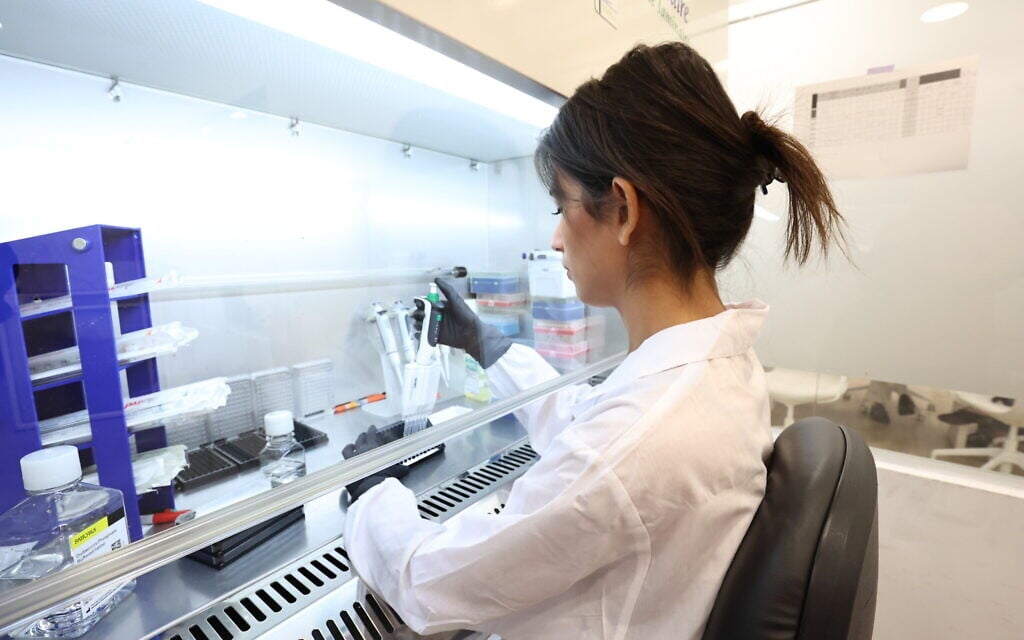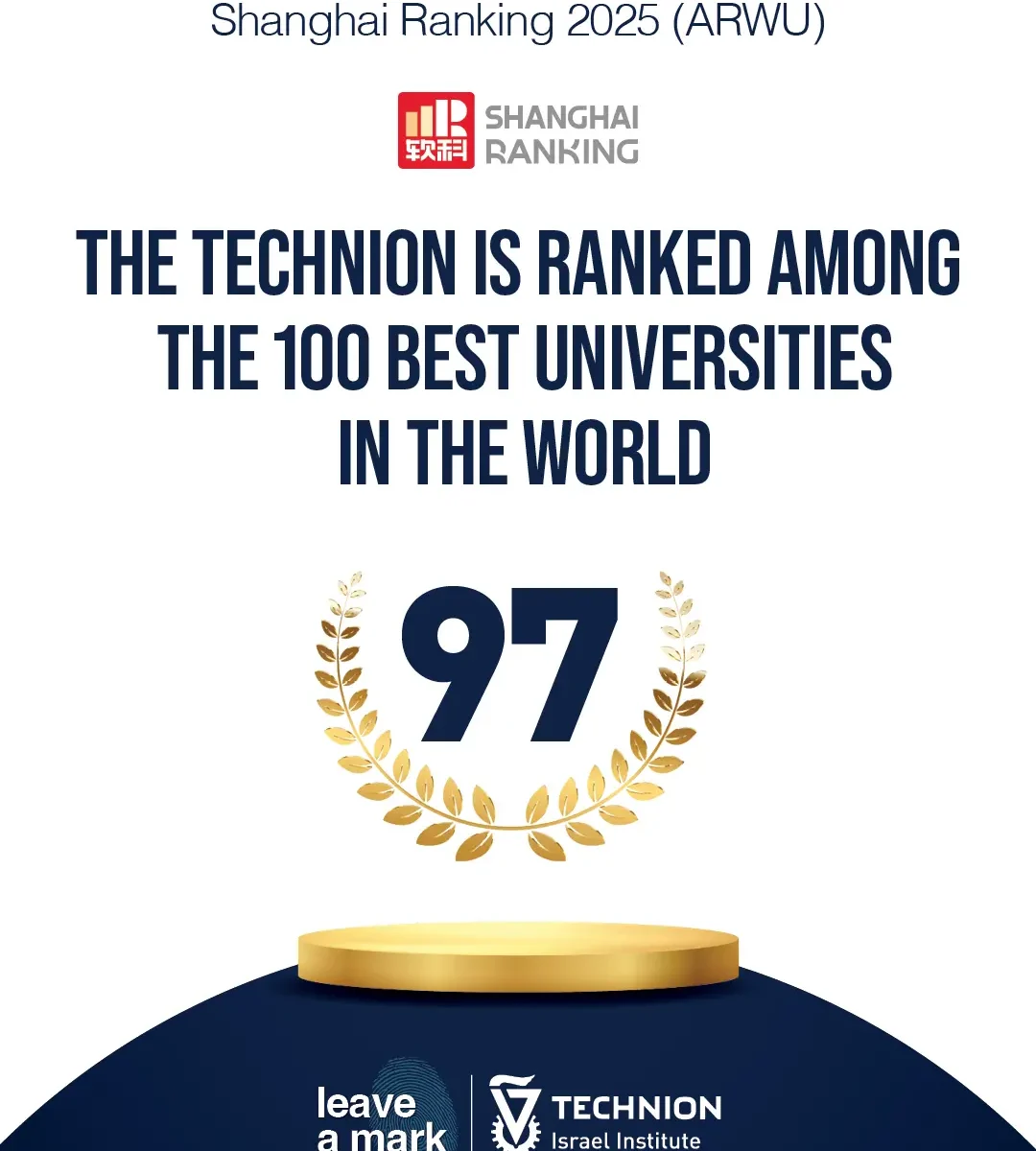Pigs have long carried a bad reputation. They are often described as dirty, greedy animals that eat everything in sight and spend their days lying around. In reality, none of these stereotypes are true. Pigs are intelligent, have a highly developed sense of smell and like to stay clean. They often roll in mud not because of laziness but to cool down and protect themselves from parasites.
But there is another, far more important fact about pigs: they are now at the center of a medical revolution that could transform the future of organ transplantation. With demand for donor organs vastly outpacing supply, researchers are turning to genetically engineered pigs as potential life-saving sources of hearts, kidneys, livers and even lungs.

The idea is not based on vague similarity to humans but on precise genetic engineering. By shutting off certain pig genes, such as the one that produces a sugar molecule called alpha-gal, and adding human genes, scientists can make pig organs appear more “human” to the immune system, reducing the risk of immediate rejection.
A global shortage
The need is urgent. More than 100,000 people in the United States are waiting for an organ transplant, most of them for kidneys, and thousands die each year before a donor is found. Israel faces a similar shortage. According to Prof. Mordechai Kramer, head of the lung transplant unit at Rabin Medical Center (Beilinson Hospital), only about 40 lung transplants are performed each year in Israel, while some 180 patients remain on the waiting list. “People die while waiting,” Kramer said. “And that’s just lungs. What about all the other organs?”
Clinical trials approved in the US
In recent months, two milestones have made headlines. In the U.S., the Food and Drug Administration for the first time approved large-scale clinical trials of pig organ transplants in humans. The biotech company eGenesis, a leader in the field, is set to begin pig kidney transplants this year, aiming to treat dozens of patients in a monitored trial. The step marks a shift from rare “compassionate use” cases to systematic research with broad patient groups.
The key lies in the blood vessels that connect directly with human circulation. In pigs, the sugar alpha-gal on the surface of cells triggers an immediate, destructive immune response. Using CRISPR gene-editing tools, companies disable this gene and add human genetic material to soften the body’s attack, allowing the organ to survive longer.
A pig lung that breathed inside a human body
Meanwhile, in China, doctors achieved a stunning breakthrough in May 2024 by transplanting a genetically engineered pig lung into a brain-dead 39-year-old man. The lung functioned for nine days before doctors ended the trial. Crucially, it did not trigger immediate rejection. “The great achievement is that hyper-acute rejection did not occur,” said Dr. Liran Levy, head of the lung transplant program at Sheba Medical Center near Tel Aviv.
Lungs are among the most complex organs to transplant because of their constant exposure to air and microbes, making them highly likely to trigger immune responses. That a pig lung could function for more than a week inside a human body offers new hope.
Pig livers and kidneys
Other recent experiments also show progress. In March 2025, researchers in China reported that a genetically modified pig liver survived for 10 days inside a brain-dead patient, producing bile and proteins while maintaining blood flow. In April 2025, doctors in New York announced that Tuanna Looney, a 54-year-old Alabama woman, had lived for 130 days with a pig kidney — the longest period ever recorded.
“She had been on dialysis since 2016 and was not eligible for a human kidney transplant,” said Prof. Eytan Mor, director of kidney transplants at Sheba Medical Center. “The fact that a pig kidney survived more than four months is remarkable. If we reach the point where it can last five years, that would be a giant leap for medicine.”
Israeli contributions
Israel has also played a role in advancing the field. In 2021, a team at Beilinson Hospital developed a method of stripping pig blood vessels and coating them with human cells taken from placentas. The approach makes the organ’s blood vessel lining look human to the immune system, complementing CRISPR-based genetic editing.
“This point of contact between the organ and human blood is critical,” said the researchers. “If we can reduce the immune system’s recognition of the organ as foreign, we can extend survival.”
Ethics and Jewish law
For many Jews, the use of pigs raises cultural and religious questions. But Prof. Kramer emphasized that Jewish law permits the use of pig organs to save lives. “There’s no prohibition here. This is about pikuach nefesh — saving a life. Even today, heart valves from pigs are used in patients. I cannot imagine any rabbi forbidding the use of a pig organ if it means saving someone.”
Beyond pigs: bioprinting and stem cells
At the same time, researchers are exploring other frontiers. At the Technion – Israel Institute of Technology, Prof. Shulamit Levenberg leads Israel’s first center for 3D bioprinting, which develops tissue from stem cells. “We are not yet able to print a fully functional lung that can oxygenate blood,” she said, “but the technology is advancing. For now, transplants from animals are closer to clinical use than 3D-printed organs.”
Still, scientists see the fields converging. Some are working on “universal” human stem cells for bioprinting, while others are engineering pigs to reduce rejection. The ultimate goal is to produce safe, reliable organs on demand.










